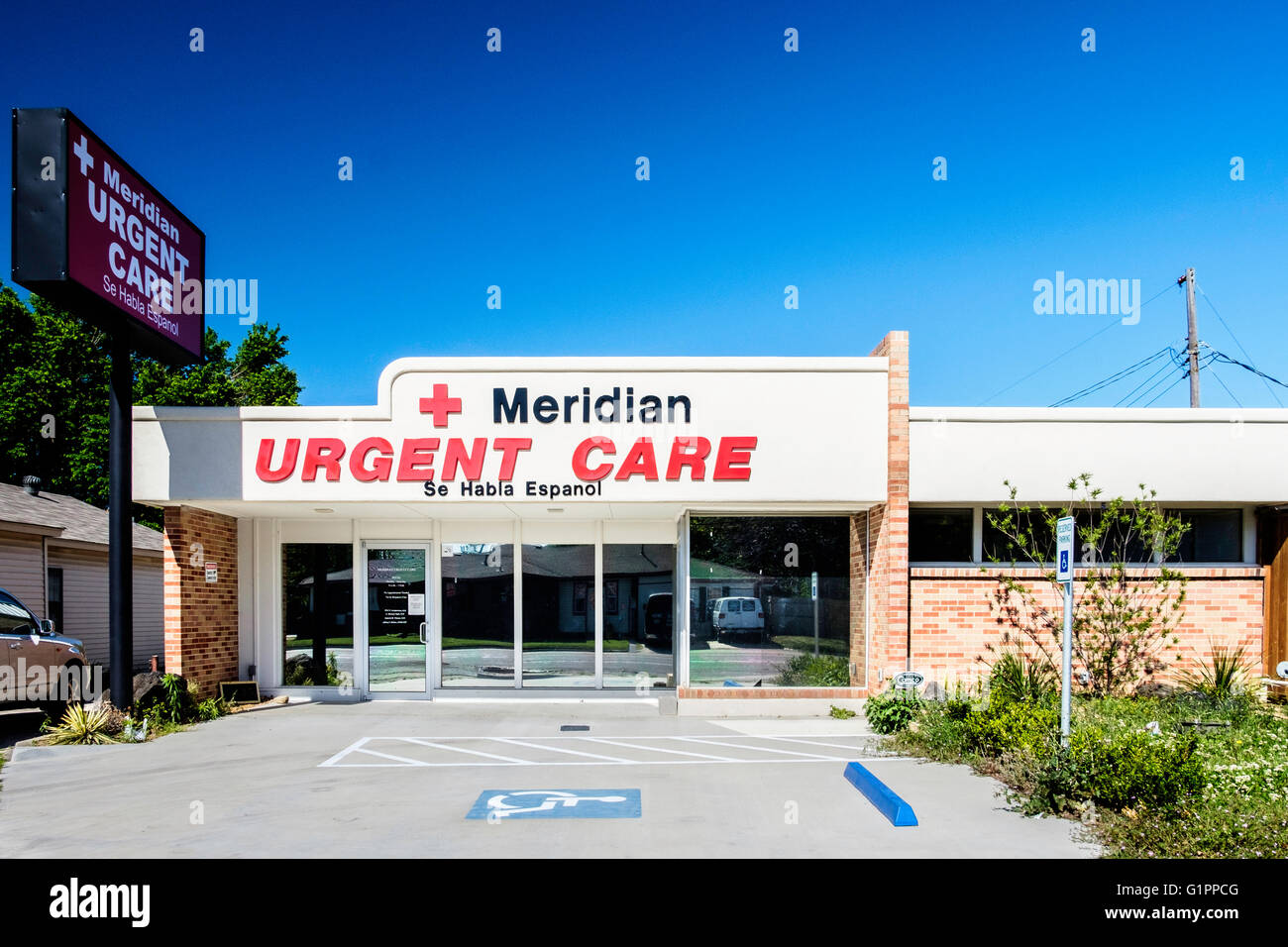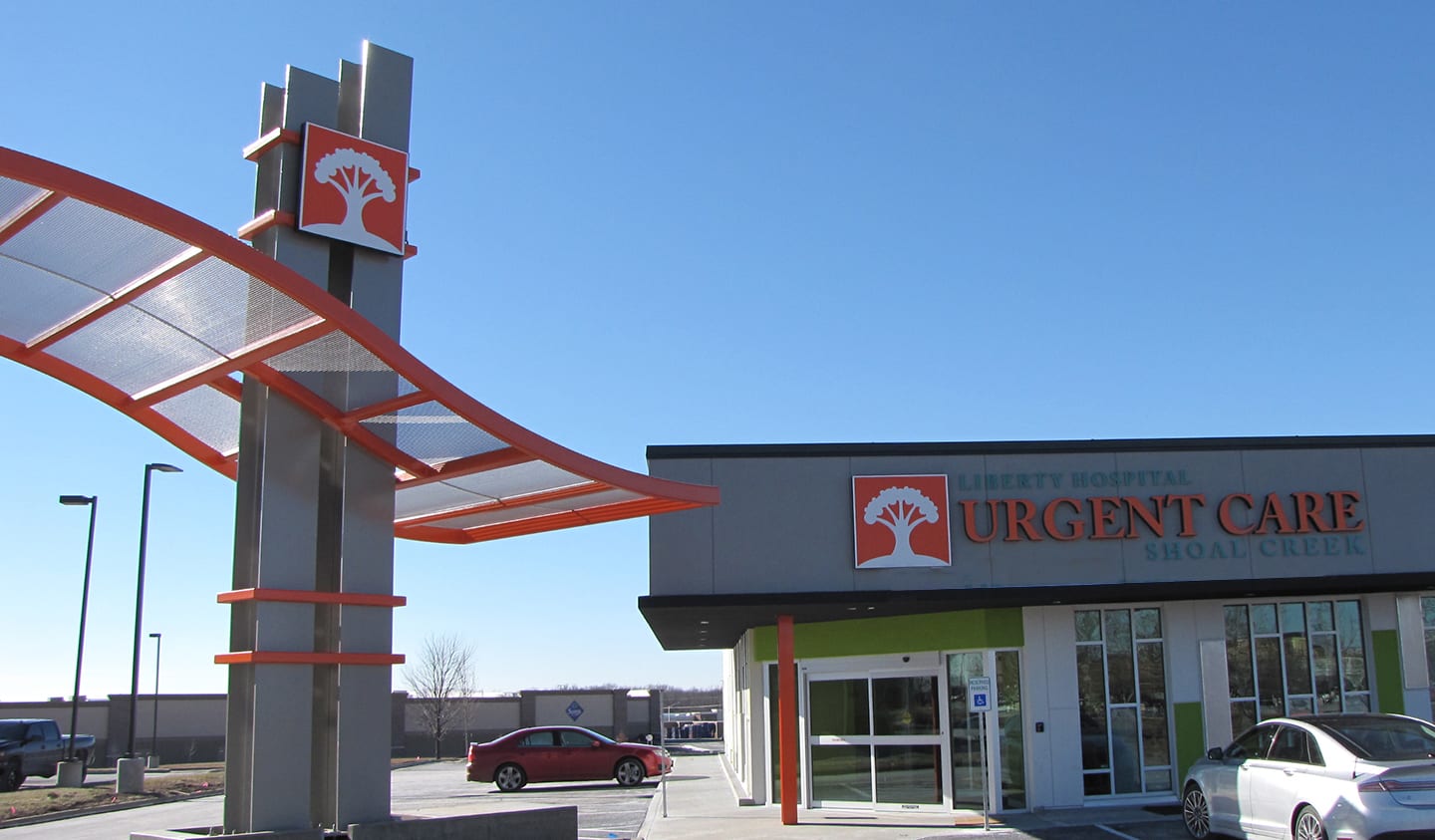The Ultimate Guide to Recognizing Urgent Care Clinics
The Ultimate Guide to Recognizing Urgent Care Clinics
Blog Article
Understanding the Function of Urgent Treatment in Providing Timely Therapy for Non-Life-Threatening Problems
Immediate care facilities have actually arised as a vital element of the healthcare landscape, resolving the instant requirements of clients with non-life-threatening conditions. Understanding the subtleties of urgent treatment can significantly impact person end results and the general effectiveness of health care shipment.
What Is Urgent Treatment?
Immediate care refers to a classification of medical services created to address non-life-threatening conditions that require prompt attention. These centers work as an intermediary between primary care medical professionals and emergency clinic, providing a hassle-free option for clients that require punctual treatment without the considerable waiting times generally connected with emergency departments.
Immediate treatment facilities are normally staffed by clinical experts, consisting of physicians, registered nurse experts, and physician assistants, that are trained to diagnose and deal with a large range of problems. Typical services offered by these centers consist of treatment for minor injuries, illnesses, and infections, as well as analysis examinations such as X-rays and laboratory work.
Furthermore, urgent treatment facilities often approve walk-in clients, eliminating the requirement for appointments. Overall, immediate treatment plays an essential role in the healthcare system, making certain clients can access essential clinical solutions promptly and effectively.

When to look for care at an urgent treatment facility instead of a key treatment physician or an emergency situation space,Many people may locate themselves unclear regarding. Urgent treatment is created to deal with non-life-threatening conditions that require prompt interest however are not serious sufficient to require an emergency room see.
Generally, one ought to consider urgent care for issues such as minor cracks, sprains, cuts requiring stitches, or infections like urinary system system infections. In addition, chilly or influenza symptoms, breakouts, and allergies can also be appropriately managed in this setting.
It is necessary to keep in mind that immediate care is not appropriate for dangerous emergency situations, such as breast pain, problem breathing, or extreme bleeding, which demand instant emergency space intervention.
People that do not have accessibility to a key care medical professional or can not protect a prompt appointment may likewise take advantage of immediate care services. Eventually, understanding when to use immediate treatment can lead to a lot more effective medical care distribution, enabling clients to receive the ideal level of treatment based upon their details health requirements.
Benefits of Urgent Care Centers
Selecting urgent care facilities for non-life-threatening problems provides a number of benefits that improve person experience and ease of access. One main benefit is the minimized delay times compared to standard emergency situation areas. Immediate treatment facilities generally operate on a first-come, first-served basis, allowing people to receive timely clinical focus without the lengthy delays usually related to healthcare facility setups.
Additionally, urgent care facilities provide extensive hours, consisting of weekend breaks and nights, fitting patients with varying schedules. This flexibility guarantees that people can look for care when it is most convenient for them, further promoting timely intervention.

Moreover, these centers typically use a detailed series of services, including small treatments and diagnostic examinations, all under one roofing system. This combination of solutions not only improves the client experience however likewise cultivates a much more natural technique to handling non-life-threatening health and wellness concerns, eventually benefiting general patient outcomes.
Common Problems Treated
At immediate treatment centers, a range of non-life-threatening problems can be efficiently treated, offering patients with prompt and obtainable medical aid. These facilities are especially adept at resolving issues that require prompt attention but do this website not pose a prompt threat to life or limb.
Usual problems dealt with at urgent treatment facilities a fantastic read consist of minor injuries such as sprains, pressures, and cracks. In addition, they take care of illnesses like colds, influenza, and infections, consisting of urinary system infections and sinusitis. Skin problem, ranging from rashes to insect bites, are also regularly addressed. Immediate care centers are geared up to perform required analysis examinations, such as X-rays and research laboratory examinations, enabling them to offer extensive treatment.
Furthermore, urgent treatment companies can provide vaccinations, assisting to stop the spread of infectious diseases - Urgent Care. They likewise use solutions for minor procedures, such as suturing wounds or draining abscesses. By supplying these diverse solutions, immediate care centers play a crucial function in linking the void in between health care and emergency situation services, guaranteeing clients receive timely therapy for a vast array of problems without the need for long wait times typically related to emergency clinic
Exactly How Urgent Care Supports Healthcare System
Urgent treatment centers play an essential role in supporting the general healthcare system by reducing the worry on emergency situation departments and supplying prompt accessibility to clinical treatment for non-life-threatening conditions. By taking care of instances such as small injuries, infections, and diseases, immediate care centers permit emergency situation departments to concentrate on more critical patients calling for prompt focus.
In addition, immediate treatment facilities enhance healthcare availability, using extended hours and an easier alternative to standard health care settings. This accessibility is particularly valuable for people that may not have a regular physician or who require instant therapy outside of normal office hours. As a result, urgent treatment facilities efficiently decrease improve and wait times individual satisfaction.
Additionally, urgent care centers add to cost savings for both clients and the health care system by giving lower-cost services contrasted to Going Here emergency divisions. This financial efficiency is important in an age of increasing health care expenses, enabling individuals to obtain essential care without incurring excessively high costs.
Verdict
Finally, urgent care centers play an essential role in the healthcare system by providing timely therapy for non-life-threatening problems. By linking the gap between health care and emergency rooms, these facilities guarantee that individuals obtain timely medical focus without the extensive delay times normally related to emergency departments. The ease of access and efficiency of urgent care centers add significantly to minimizing the general worry on healthcare sources, enhancing person results, and promoting an extra efficient healthcare distribution system.
Urgent treatment facilities have arised as an important part of the health care landscape, addressing the instant requirements of clients with non-life-threatening problems. Urgent treatment check outs usually sustain reduced out-of-pocket costs contrasted to emergency division gos to, making treatment much more budget-friendly for clients without endangering quality. Immediate care centers are outfitted to carry out essential diagnostic examinations, such as X-rays and lab examinations, enabling them to give extensive treatment.
By using these diverse solutions, immediate care facilities play a vital duty in connecting the void in between primary care and emergency solutions, making sure patients obtain timely therapy for a large range of conditions without the requirement for long delay times normally associated with emergency situation rooms.
Additionally, urgent treatment centers improve medical care availability, supplying extended hours and a much more convenient option to traditional main treatment settings.
Report this page